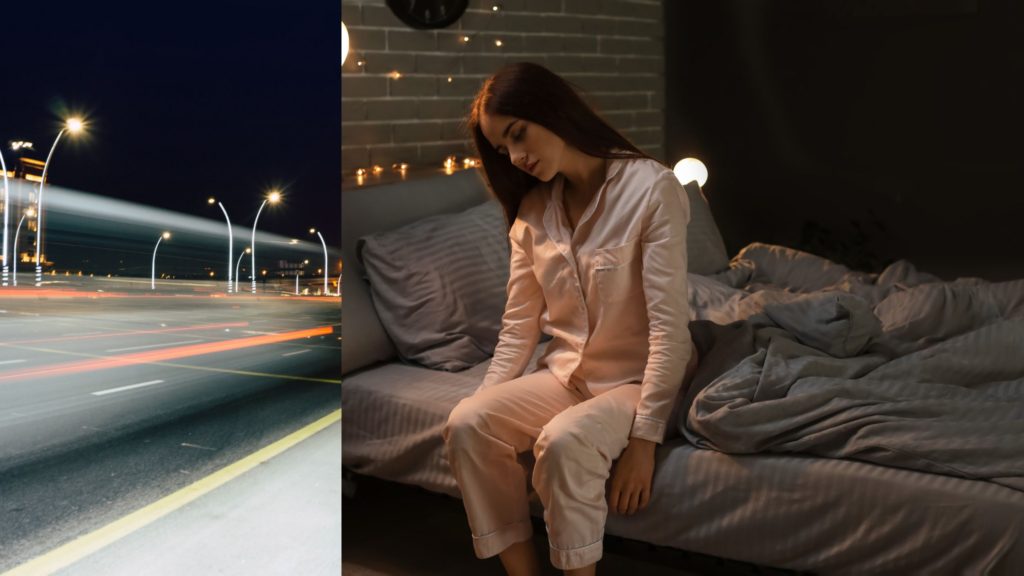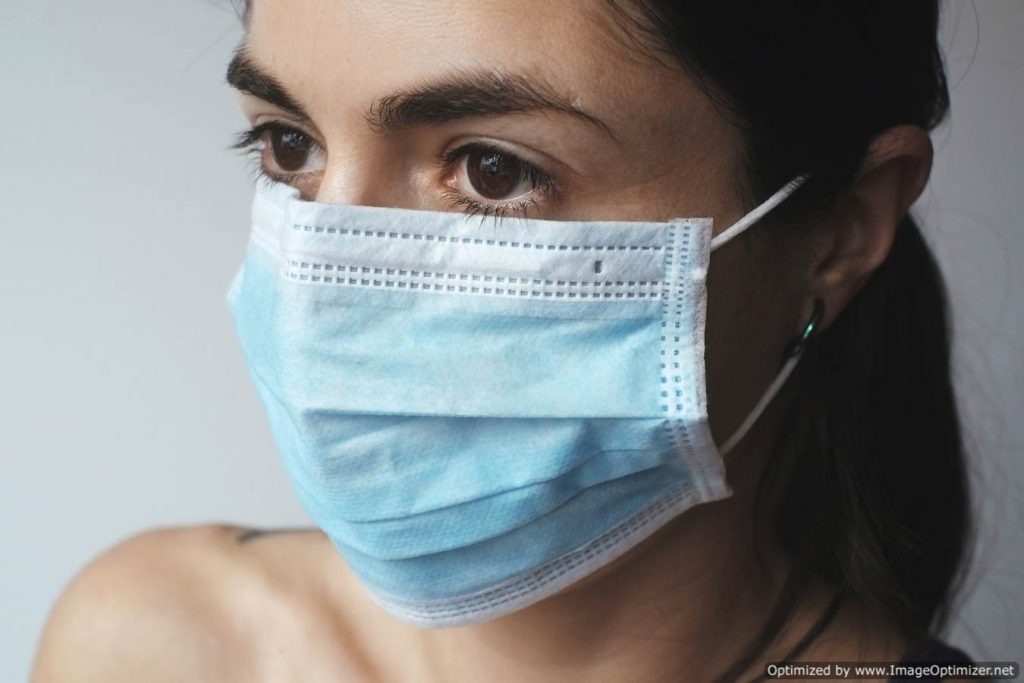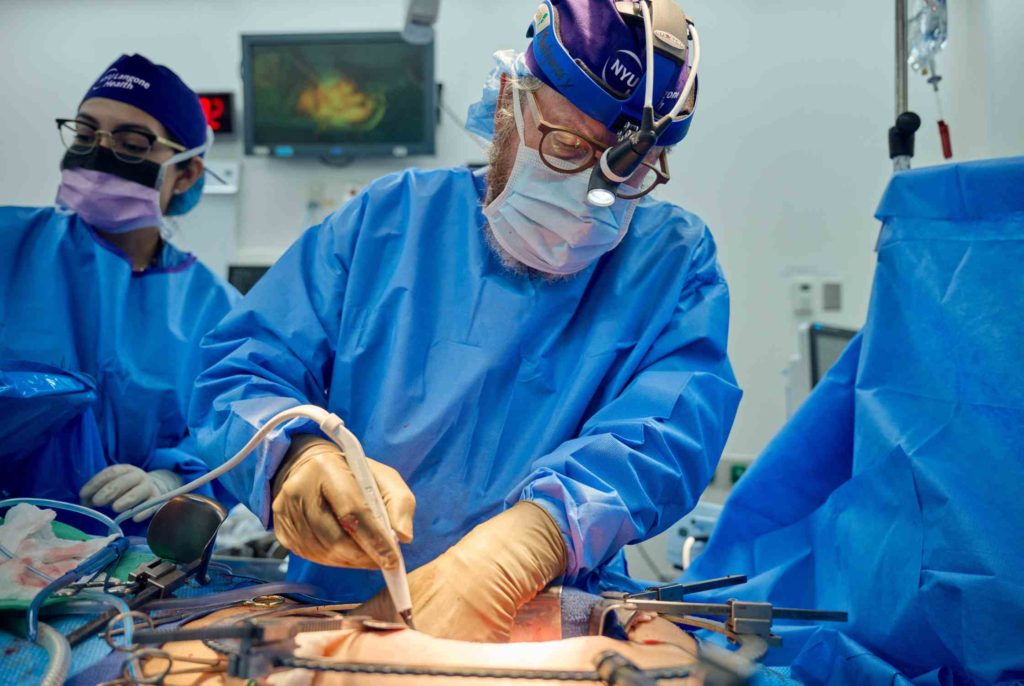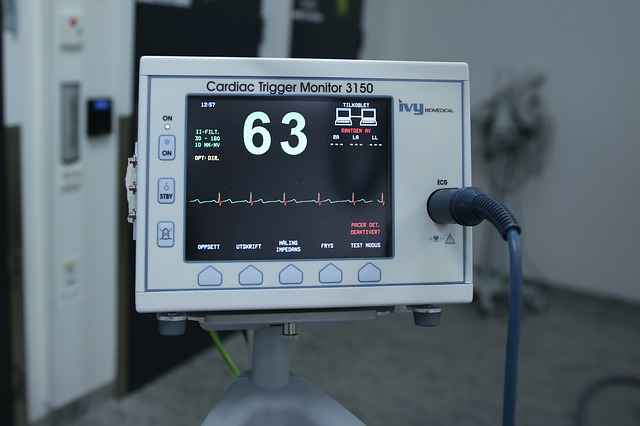Last updated on April 29th, 2025 at 08:36 am

If you are living in an area with high illumination light at the night then you have a higher risk of developing diabetes find a recent Chinese study. A well-lit urban area is a necessity but it also comes with several health hazards. A recent study published online in the journal Diabetologia1 is a cause of concern for urban dwellers residing in parts of our cities highly let during the night time.
But, according to research, this night pollution can cause a serious risk of developing high blood sugar levels and diabetes in people residing around this highly let area. Let’s find out more about this research.
Does light at night have bad effect on health
Researchers already know the detrimental health effects of light pollution on our metabolic and mental health, as well as the increased risk of cardiovascular diseases.
But scientists in China were curious whether Light pollution does have any effect on blood sugar levels and diabetes.
Light Pollution directly affects healthy sleep, a good sleeping or sound sleep is very important for metabolism and overall health. It disrupts the circadian rhythm, it consists of internal biological clocks that synchronized with signals from external environments such as light to maintain proper timekeeping.
A healthy circadian system provides rhythmic regulation of sleep/wake behaviours, daily metabolism, cardiovascular function, cognition, and memory.
Even artificial light from modern gadgets like smartphones, tablets, and television is not good for health. One of the previous research links increased exposure to blue light with early ageing.
Many of us have bad habits of taking gadgets like smartphones, tablets, and laptops to bed also affect our sleeping patterns. Previous research established that sleeping with smartphones, tablets, and television can lead to obesity. However, the direct association between the increased risk of diabetes and exposure to light at night was still unclear.
Chinese researchers used satellite images to recruit participants
The study was conducted in the year 2010, and to find out this, the researchers first recruited participants who were residing in highly illuminated light night light areas.
The scientists used satellite images to locate different areas across China with high illumination at night. With the help of images, they short-listed around 160 different sites across China with high light pollution.
Finally, they recruited 98,658 people aged more than 18 years. While selecting, they made sure that the participants were residing at their current location for at least 6 months.
Exposure to outdoor night light linked to diabetes
Almost 49% of the participants were women, and the mean age of the participants was 42 years. In this study, the researchers found that chronic exposure to light at night or simply night Light pollution at night raised blood glucose levels. This led to a higher risk of insulin resistance and diabetes.
Tips to prevent light pollution inside the home
Urban light pollution is a large-scale issue, and we can only do so much for it, but by following a few tips, we can reduce it inside our homes. The tips covered here are an extract from Phys.org, you can visit this link for a detailed article.
- Avoid going to bed with smartphones: First of all, make a habit of avoiding sleeping with your television or smartphone. These gadgets emit blue lights, which have very bad effects on our eyes and health.
- Installing time and motion sensors: These sensors sense the human body and turn on the lights in someone’s presence; otherwise, they turn them off. The idea is to switch off lights when not needed.
- Block external lights: The use of thick curtains in the window blocks external lights.
- Use of dimmable lights: Lights that come with control to dim the light.
- Choose warmer light colours: Warm light colours suit the rhythm of our heart rather than blue light.
Keep Reading: Boil these Leaves and Treat Diabetes Naturally| Moringa Benefits for sugar level
The author is a physiotherapist who has been practising for the last 17 years. He holds a Bachelor's in Physiotherapy (BPT) from SVNIRTAR (Swami Vivekananda National Institute of Rehabilitation and Research), one of the prestigious physiotherapy schools in India.
Whatever he learns dealing with his patient, he shares it with the world through blogs and e-books. He also owns a YouTube channel, "Sunit Physiotherapist" with over 8 lakh active subscribers. Here, he shares everything he gets to learn serving the patient.





